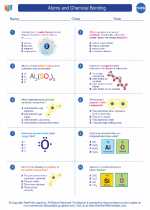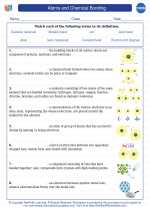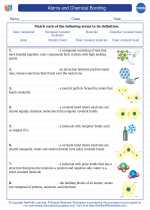Ice: The Solid State of Water
Ice is the solid state of water, which is formed when water freezes at or below 0 degrees Celsius (32 degrees Fahrenheit). It is a crystalline solid with a specific and ordered arrangement of water molecules.
Structure of Ice
Ice is a hydrogen-bonded crystal with a hexagonal structure. The water molecules in ice form a network of interconnected hexagonal rings, which gives ice its characteristic crystalline structure. Each water molecule in ice is bound to four neighboring water molecules through hydrogen bonds, resulting in a three-dimensional network.
Properties of Ice
Ice has several unique properties that distinguish it from liquid water. These properties include:
- Density: Ice has a lower density than liquid water, which is why ice floats on water.
- Melting Point: The melting point of ice is 0 degrees Celsius (32 degrees Fahrenheit).
- Heat Capacity: Ice has a lower heat capacity than liquid water, meaning it requires less energy to raise its temperature.
- Expansion upon Freezing: When water freezes into ice, it expands, which can cause damage to containers and pipes.
Phase Transitions of Ice
Ice can undergo phase transitions under different conditions:
- Sublimation: Under low pressure, ice can sublimate directly into water vapor without melting first.
- Deposition: Water vapor can deposit directly onto solid surfaces as ice without going through the liquid phase.
Uses of Ice
Ice has various practical applications, including:
- Preservation: Ice is used to preserve and store food, as well as for medical applications such as cryotherapy.
- Cooling: Ice is used for cooling drinks, refrigeration, and air conditioning systems.
- Recreation: Ice is used for winter sports such as skating, ice hockey, and curling.
Study Guide
To study the topic of ice, focus on the following key areas:
- Understanding the molecular structure of ice and its relationship to the properties of water.
- Exploring the phase transitions of ice, including sublimation and deposition.
- Examining the practical uses of ice in various industries and everyday life.
Additionally, conduct experiments to observe the physical properties of ice, such as its density, melting point, and expansion upon freezing. This hands-on approach will deepen your understanding of the topic and reinforce key concepts.
Finally, review real-world examples of how ice is used in different contexts, from food preservation to sports, to appreciate its significance in our daily lives.
By mastering the fundamentals of ice and its properties, you will develop a solid understanding of the behavior of water in its solid state.
.◂Chemistry Worksheets and Study Guides High School. Atoms and Chemical Bonding

 Worksheet/Answer key
Worksheet/Answer key
 Worksheet/Answer key
Worksheet/Answer key
 Vocabulary/Answer key
Vocabulary/Answer key
 Vocabulary/Answer key
Vocabulary/Answer key
